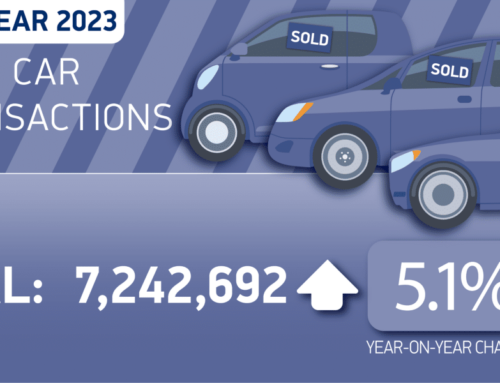Low carbon vehicle specialist Controlled Power Technologies (CPT) is developing a 48 volt version of its electric supercharger based on its variable torque enhancement system known as VTES.
CPT is an award winning, high tech company specialising in cost-effective CO2 reduction measures for the global automotive industry. A strategic move, the more powerful higher voltage variant will support moves by European vehicle manufacturers announced earlier this year to introduce 48 volt passenger vehicle power networks to help meet the requirement for lower fuel consumption and CO2 emissions.
CPT’s engineering director and chief technical officer, Guy Morris, said: “Even with the higher transmission gearing adopted by manufacturers to reduce CO2 emissions and particularly at the lowest engine revs, the instant additional torque when the driver needs to accelerate these smaller powertrains from low engine speeds is already very beneficial at 12 volts.
“Electric supercharging at 48 volts extends that envelope of torque enhancement. It’s an efficient way of using 7kW of stored electrical power to deliver not less than six times that at the crankshaft. In other words adding a useful 42kW boost for low speed overtaking and hill climbs. Depending on the turbocharged engine system optimisation the boost could be as much as much as 70kW or 10 times the instantaneous power extracted from the batteries or supercapacitors.”
Currently CPT provides the only production ready 12 volt supercharger available as original equipment for passenger car applications. At 48 volts a VTES electric supercharger will transform 7kW of battery power into a highly boosted charge of air for downsized gasoline and diesel engines. Unlike crankshaft driven superchargers and exhaust gas driven turbochargers, an electric supercharger is mechanically decoupled from the engine, which means it can deliver the air almost instantaneously into the engine, spinning up to 70,000rpm in less than a third of a second.
CPT forecasts a new generation of micro mild hybrid vehicles with radically downsized engines featuring transient electric boosting as a more effective hybrid alternative to the mechanical supercharging and/or twin turbo-charging systems in use today.
“The torque response of these future VTES equipped vehicles will be equivalent to the best mass market vehicles on the road today,” said Morris. “There will be no torque deficit or other trade offs from essential engine downsizing and higher gearing, which now dominates the development of internal combustion engines. If anything their low speed performance will be even better, while still delivering very significant fuel economy benefits and CO2 reduction.”
CPT’s senior manager for VTES, Mark Criddle, said: “We’ve also been responding to customer enquiries from vehicle manufacturers for some while now interested in applying VTES technology to diesel engines, both to help with the control of NOx and particulates, and for the regeneration of off-highway engine diesel particulate filters.”
Morris and Criddle are attending the annual Supercharging conference in Dresden this week to discuss the latest developments with vehicle manufacturers.
CPT is exhibiting at the conference where it will discuss its modular 12, 24 and 48 volt technical solutions focused on the innovative application of switched reluctance electric motor technology and low voltage power electronics. Switched reluctance motors have yet to be adopted by the automotive industry for high volume mass production and low voltage power electronics have only recently become commercially viable.
CPT is already on record saying that if adopted as a global industry specification, 48 volt power networks would facilitate the development of standardised high volume and highly affordable enhanced lead acid battery modules.







Leave A Comment